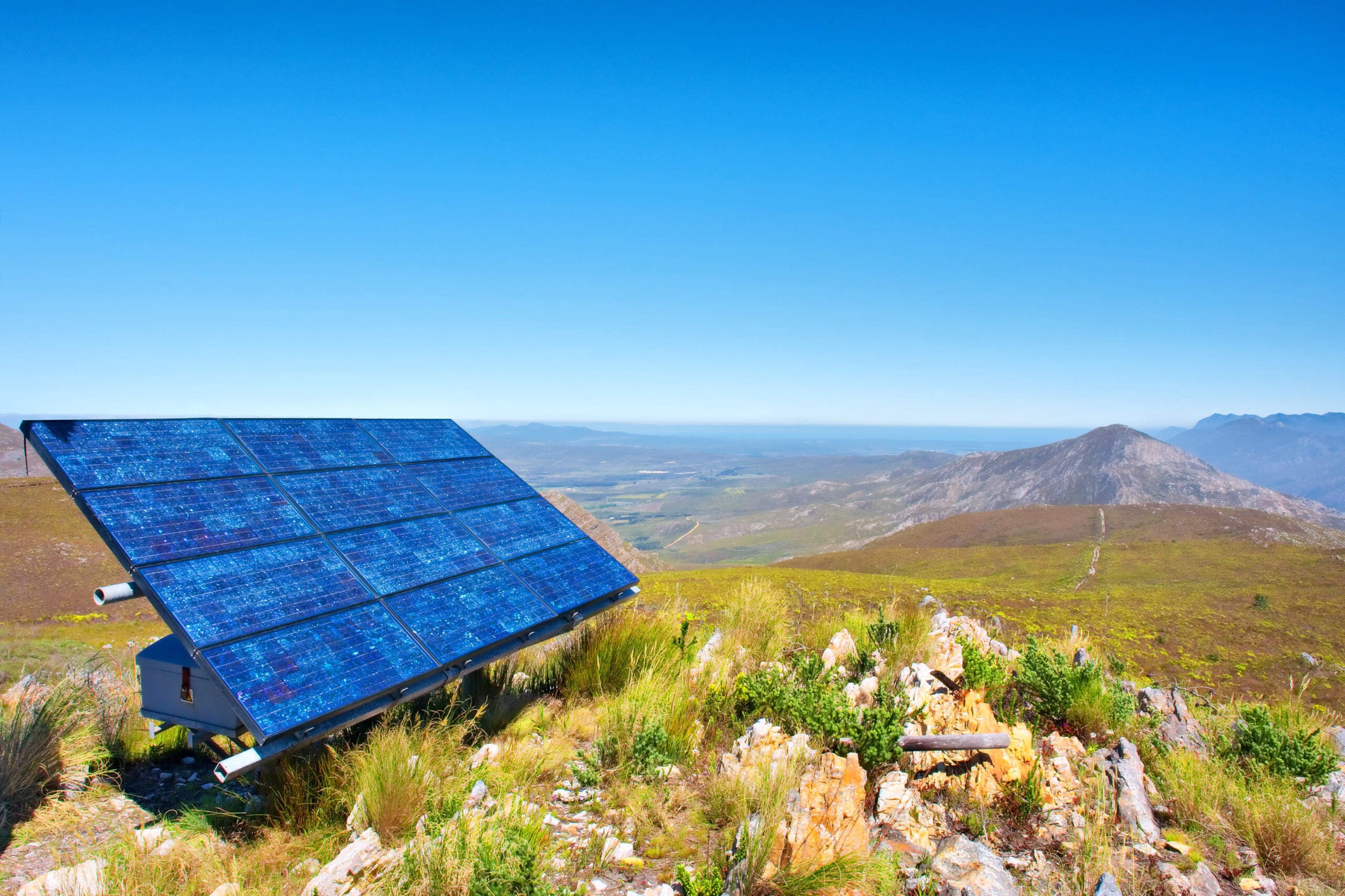
Researchers at the King Abdullah University of Science and Technology have developed a method of purifying water and generating electricity from a single solar device.
Wenbin Wang, a Ph.D. student at the university’s Water Desalination and Reuse Center explains that conventional photovoltaic (PV) solar panels require a lot of water to clean dust from the panels, and the process of desalination (producing fresh water from seawater) also requires a large amount of electricity.
Therefore, by combining the two, it may be possible to reduce the environmental burden.
To achieve this, researchers looked at whether the extra energy generated by PV solar panels could be used for another purpose. The maximum efficiency at which commercial PV panels turn sunlight into electrical energy is currently at 20%, meaning 80% of the energy is wasted as it escapes as heat.
However, the team has successfully designed a device that uses this heat to generate drinking water.
Developing water-cleaning PV solar panels
They built a device that had water channels with heat conduction layers that could be attached to the underside of PV solar panels. The heat generated from the panels then vaporised the seawater in the channels, which then passed through a porous membrane and condensed as freshwater.
How well do you really know your competitors?
Access the most comprehensive Company Profiles on the market, powered by GlobalData. Save hours of research. Gain competitive edge.

Thank you!
Your download email will arrive shortly
Not ready to buy yet? Download a free sample
We are confident about the unique quality of our Company Profiles. However, we want you to make the most beneficial decision for your business, so we offer a free sample that you can download by submitting the below form
By GlobalDataAs the water vapour condensed, the heat then passed through a thermal conductor to another seawater channel, meaning the energy could be used to purify more water.
When the device was tested it successfully produced 1.64 litres of water per square metre of solar panel every hour, more than double the quantity produced by traditional solar stills. The panel’s electricity output was unaffected by this.
The device shows promise in the ability to generate both drinking water and electricity using the same system, which could have uses in areas with a shortage of freshwater.
The researchers now aim to incorporate agricultural production into the system. Wang explains that the system could mean that livestock and solar panels can both exist in the same fields:
“Raising sheep in the field of PV farms is feasible because grass grows well using the fresh water from solar-panel washing. A PV farm with sheep grazing while seawater is desalinated using our device could be ideal in arid regions near the coast.”
Read more: Off-grid solar is Africa’s best hope for prosperity – but business must take the lead







